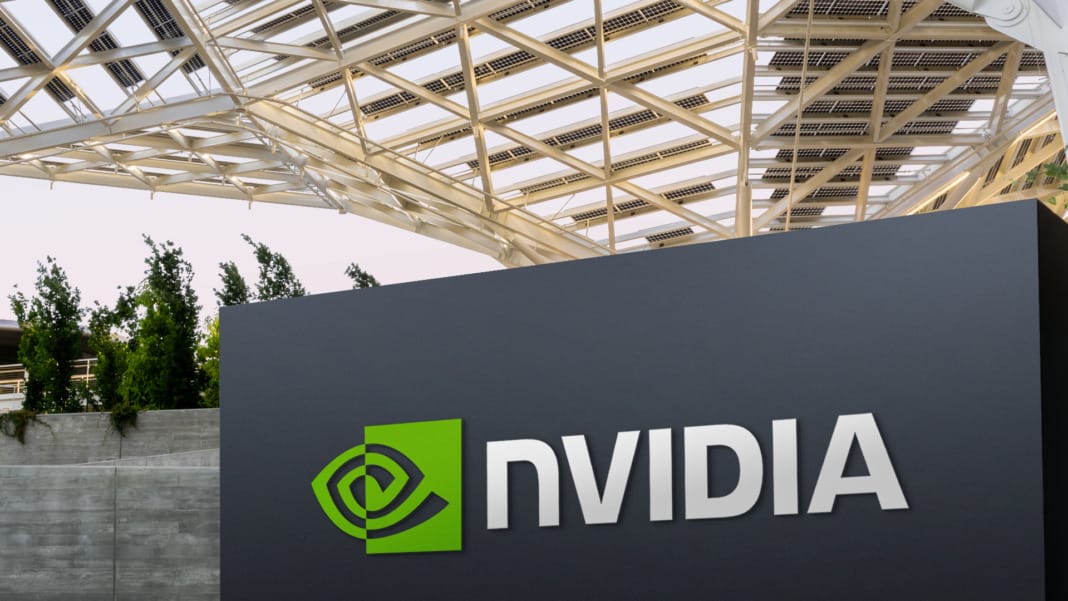You might be intrigued to learn about Alipay’s latest strategic shift. Known predominantly for its digital payment services, Alipay is now venturing into new territories. By actively recruiting talent from renowned platforms like Douyin and Xiaohongshu, Alipay is aiming to beef up its operations and advertising teams. This move signifies a deeper foray into content development and social networking, marking a significant pivot in Alipay’s business strategy.
Fostering online communities within Alipay
One of Alipay’s novel initiatives is the development of “Interest Communities.” Currently in the testing phase, this feature includes various groups based on interests such as cooking, outdoor activities, and sports. It encourages user discussions and facilitates offline gatherings through local groups. This feature clearly indicates Alipay’s ambition to create a social networking space within its platform.
Capitalising on a vast user base for content generation
Alipay isn’t just a standard application; it’s a giant in the digital world with a staggering user base of 1 billion, including 800 million monthly active users and 80 million merchants. Despite these numbers, Alipay has not fully leveraged this potential in content and user engagement. Over the past few years, a concentrated effort has been made to enhance the content ecosystem. This includes the introduction of “Life Accounts,” incorporating image-text short videos, and exploring live streaming for sales purposes. These initiatives, primarily focused on the supply side, are now shifting towards increasing user interaction and consumption.
The timing of Alipay’s strategic shift
A critical question arises: Has Alipay moved into content and social networking too late? Responding to this, a spokesperson from Alipay commented, “Better late than never.” The spokesperson acknowledged that the past reliance on payment services is no longer sufficient, especially with growing competition from platforms like WeChat and Douyin. There is a growing concern within Ant Group, Alipay’s parent company, about Douyin’s potential to use its extensive traffic to compete directly with Alipay in the future.
In a broader strategy within Ant Group, there’s talk of spinning off the financial business for a separate listing. This move would necessitate Alipay to diversify and explore new revenue channels beyond its traditional payment services. The focus is not on competing head-to-head with established content platforms but on expanding its market share, reducing its dependence on financial business revenue, and creating a more diversified business ecosystem.
Alipay has accelerated its commercialisation efforts in the past six months, particularly in live streaming sales and monetisation of public domain traffic. Launching the “Denghuo” commercial promotion platform and revamping platform support policies are significant steps in this direction. Furthermore, Alipay opened its platform to user-generated content, allowing users to publish short videos on the app’s homepage, enriching the content ecosystem and boosting user engagement.
In summary, Alipay is transforming. Traditionally focused on digital payments, it is now evolving into a more intricate platform, resembling the likes of Douyin or WeChat. However, Alipay’s goal is not mere replication but to offer distinctive solutions that empower merchants and enhance user interaction through tools such as live streaming, content creation, and community building.





